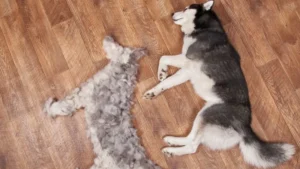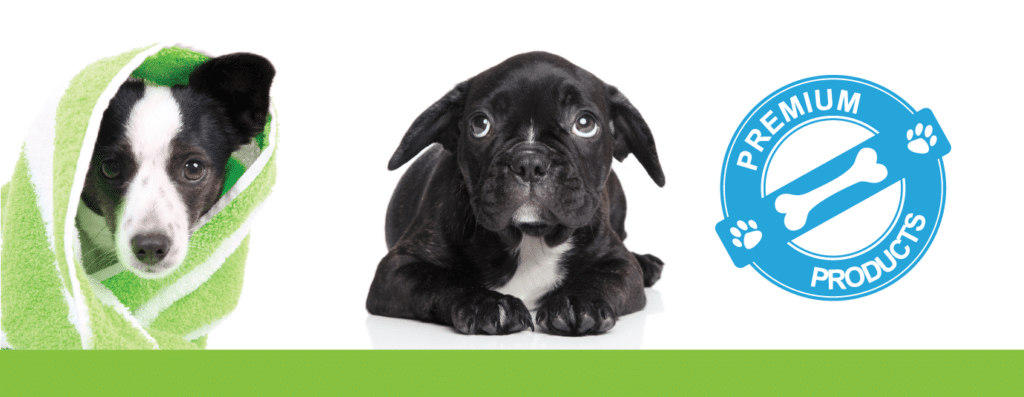
Pet owners often find themselves battling a constant war against pet hair. From sofas to clothing, it seems like there’s no escape! While excessive shedding can indeed signal an underlying health issue, it’s important to remember that a certain amount of hair loss is completely normal for most pets. Let’s explore when shedding is simply a fact of life.
Typical Shedding Causes
Seasonal Shedding: Nature’s Plan
One of the most common reasons for increased shedding is the changing of seasons. Similar to humans adjusting to different weather conditions, dogs and cats often grow thicker coats for winter warmth and shed them in spring to prepare for warmer temperatures. This process is entirely natural and nothing to worry about.
Breed-Specific Shedding
Certain dog and cat breeds are known for their heavy shedding tendencies. Double-coated breeds like Huskies, German Shepherds, and Golden Retrievers are notorious for shedding year-round, with increased shedding during seasonal changes. Short-haired breeds may shed less noticeably, but they still lose hair regularly. Understanding your pet’s breed can help manage expectations and minimize frustration.
Normal Hair Growth Cycle
Hair growth follows a cycle of growth, rest, and shedding. As new hair grows, old hair naturally falls out. This process is continuous, and a certain amount of hair loss is to be expected. Regular grooming can help manage shedding and keep your pet’s coat healthy.
When to Worry About Shedding
While shedding is often normal, there are instances when it could indicate a problem. If you notice excessive shedding, bald patches, or changes in your pet’s coat texture or behavior, it’s essential to consult with your veterinarian. These symptoms may be signs of underlying health issues such as allergies, hormonal imbalances, or skin infections.
Remember, a little shedding is normal, but excessive shedding or other concerning symptoms warrant a visit to the vet. By understanding the natural shedding process and when to seek professional help, you can ensure your furry friend’s overall health and well-being.
Common Shedding Concerns
If your dog is shedding excessively or in an unexpected pattern, you should consider speaking to your vet about the amount and frequency of the shedding your fur baby is experiencing.
Excessive shedding often accompanies skin issues. Here are some common culprits:
- Allergies: Whether it’s food, environmental allergens, or contact allergies, they can trigger intense itching, leading to hair loss.
- Infections: Bacterial, fungal (like ringworm), and yeast infections can cause inflammation, irritation, and hair loss.
- Parasites: Fleas, ticks, and mites can cause severe itching and subsequent hair loss.
- Hormonal imbalances: Conditions like Cushing’s disease or hypothyroidism can affect skin health and lead to shedding.
- Autoimmune diseases: Certain autoimmune conditions can attack the skin, causing inflammation and hair loss.
It’s important to note that these are just a few possibilities, and a vet visit is crucial for accurate diagnosis and treatment.


